
Knative: What developers need to know
Knative is changing the world of microservices and serverless functions; here's what you need to know to take advantage of this cutting-edge technology.

Knative is changing the world of microservices and serverless functions; here's what you need to know to take advantage of this cutting-edge technology.

Updating Drools, the world's most popular open source rule engine, to make it part of the cloud and serverless revolution.
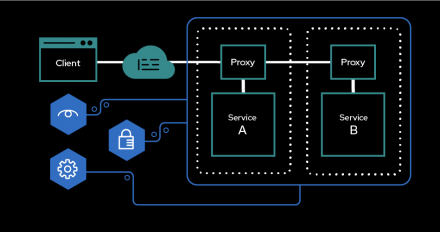
The service mesh (Istio) is here to save the day; however, you might wonder how does fits with your current enterprise integration and API management initiatives. This article provides answers.

This article gives a quick tour of how to use the new MicroProfile Starter (Beta) site to generate, download, and build a Maven-based MicroProfile project with just a few clicks.
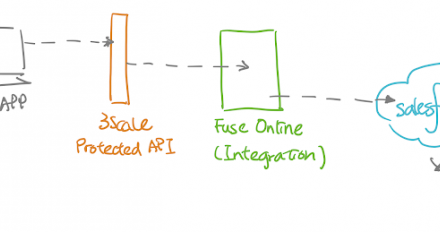
Part 2 of 3: Use Red Hat Integration to implement a real business transaction with Salesforce. To do this, it shows how to create an event-driven integration solution with no code.

Kubernetes may be the new application server for some, but not all Java apps. This article discusses the choices: traditional app servers, "just enough app server" choices like Thorntail, and Kubernetes.
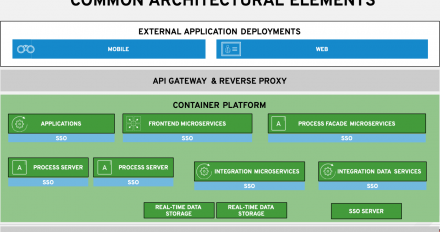
Part 6 of Eric Schabell's integration series covers the storage elements of a generic architectural blueprint for the omnichannel customer experience use case.
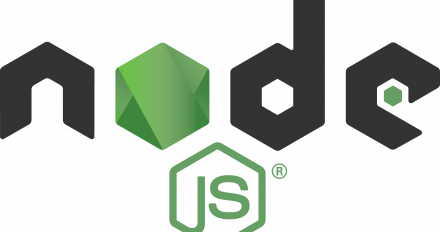
This article demonstrates the API-first development approach. To do this, it shows how to set up a Node.js microservice based on TypeScript by first generating an OpenAPI Specification file and then focusing only on developing the business logic. All the validations of the API are managed by oas-tools, which saves development time.

This article, which is Part 5 of the series, covers core elements of a generic architectural blueprint (container platform and microservices) for the omnichannel customer experience use case.

Learn how to instrument and monitor Node.js applications on OpenShift with Prometheus. Increase observability of your microservice deployments.

This article, which is Part 4 of the series, covers details pertaining to API management and reverse proxies of a generic architectural blueprint for the omnichannel customer experience use case.

This article, which is Part 3 of the series, covers details pertaining to the specific elements (mobile and web application deployments) that can be used in a generic architectural blueprint for the omnichannel customer experience use case.

Learn about deploying tools to debug microservices on Kubernetes/OpenShift, including OpenTracing, Squash, Telepresence, and a Squash Operator in Ansible Automation.

Spring Boot developers, learn Eclipse MicroProfile by comparing the implementation of a microservice in Spring Boot and MicroProfile.

This post described the new Spring Boot Starters provided in Red Hat Process Automation Manager 7.1. Using a minimal amount of code, these Spring Boot Starters enable developers of modern, light-weight applications on Spring Boot to quickly build applications or microservices that have business process and business rules execution capabilities.

This post is the first in a series that describes a lightweight cloud-native distributed microservices framework called EventFlow that targets the Kubernetes/OpenShift platforms and models event-processing applications as a connected flow or stream of components. EventFlow can be used to develop event-processing applications that can process CloudEvents, which are an effort to standardise upon a data format for exchanging information regarding events generated by cloud platforms.
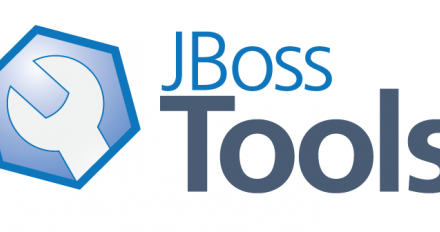
Red Hat Developer Studio 12.9 and the community edition, JBoss Tools 4.9.0 for Eclipse Photon 2018-09, are now available. This article highlights some of the new features in both JBoss Tools and Eclipse Photon, covering WildFly, Spring Boot, Camel, Maven, and many Java-related improvements—including full Java 10 support.

Given Kubernetes, docker containers and service mesh, are we seeing the start of an imminent decline in the use of application servers? This article explores the use case for application servers and examines why they will continue to evolve.
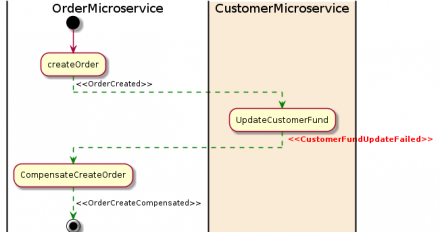
Managing distributed transactions across multiple microservices is challenging. Two solutions, two-phase commits and the Saga pattern are explored and compared.

The Kiali project provides observability of a service mesh and the services in the mesh. This post describes how to use Kiali to observe what the microservices in your Istio service mesh are doing, validate the Istio configuration, and see any issues.

There are pros and cons using to a microservices architecture. Some teams decide not to strictly follow all the principles of the "pure" microservices architecture. This post explores some valid reasons for using or not using microservices, and it discusses alternatives.

This post is the first in a series that examines new trends in modern application development and whether Kubernetes is "the new application server."

This article shows how to use Apache QPid Proton (or Red Hat AMQ Interconnect) as a message router, the Vert.x AMQP bridge, and the Advanced Message Queuing Protocol (AMQP) for asynchronous request-reply communication between two microservices. Since AMQP is a wire-level protocol, services written in other stacks (like .NET) can also use the same communication channel.

Red Hat's implementation of MicroProfile, WildFly Swarm, has been renamed to Thorntail. In this article, find out why, and learn about SmallRye

Sabre recently announced it has chosen Red Hat OpenShift Container Platform to fuel its digital transformation as it exits from transaction processing on the mainframe with TPF. OpenShift will be the basis of its next-generation platform, which will include microservices, DevOps, and a multi-faceted cloud strategy, to revolutionize the travel business.